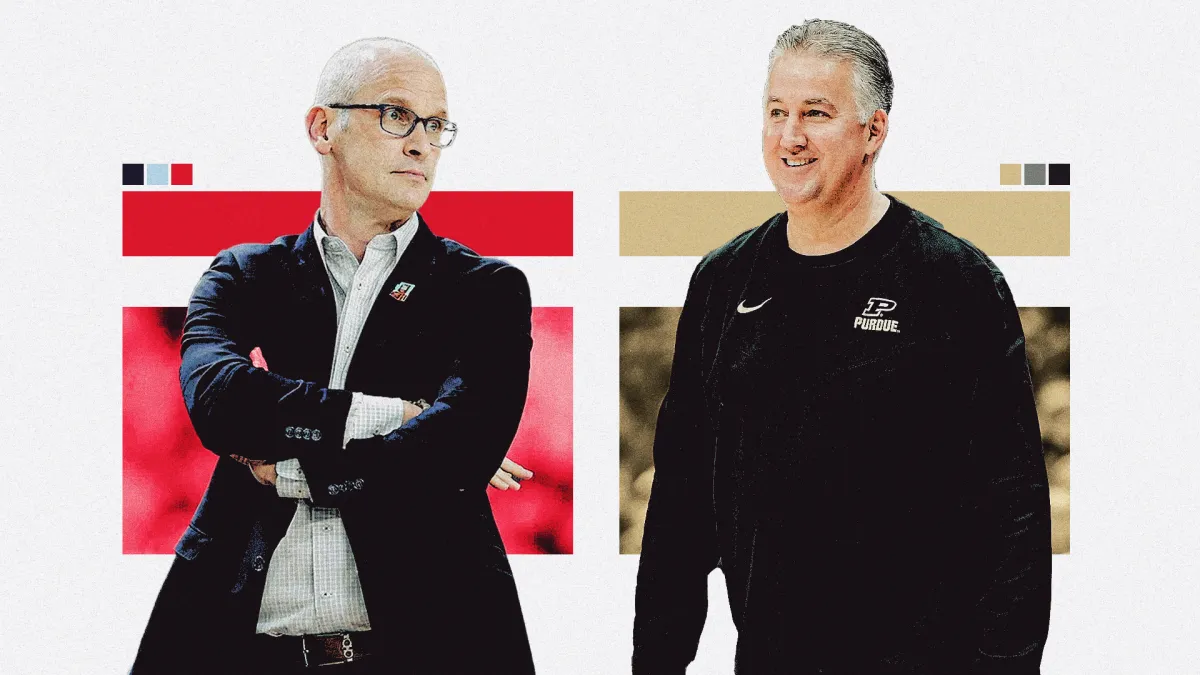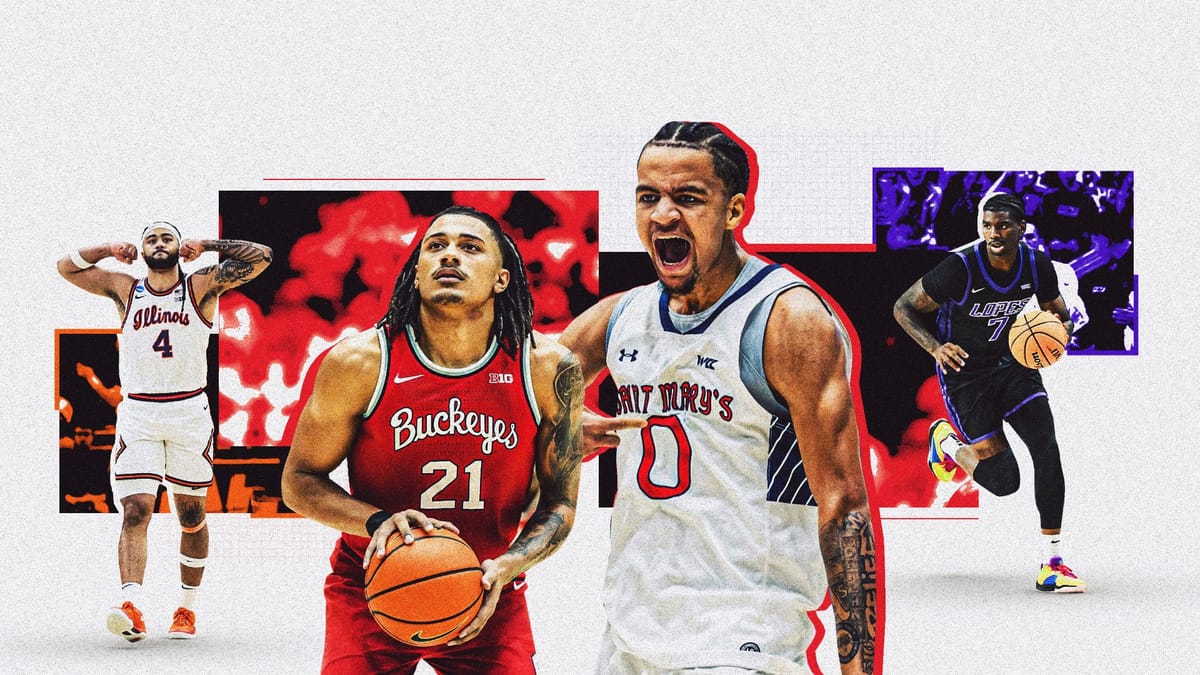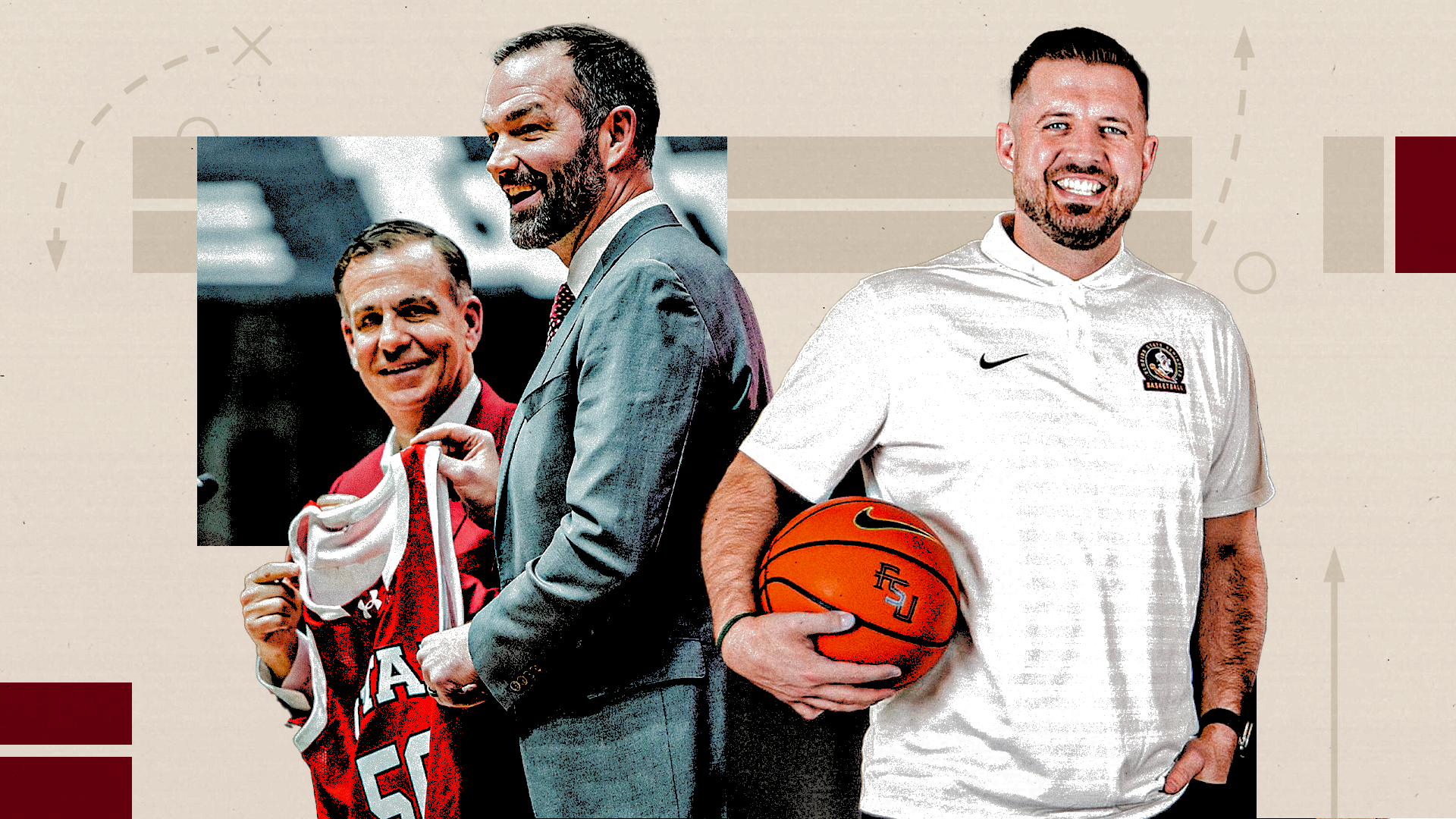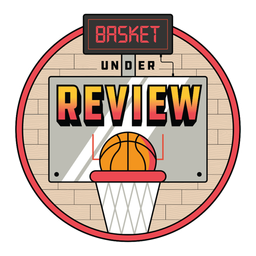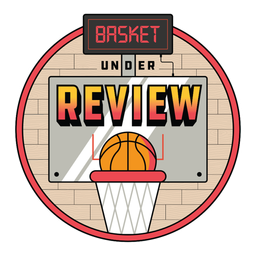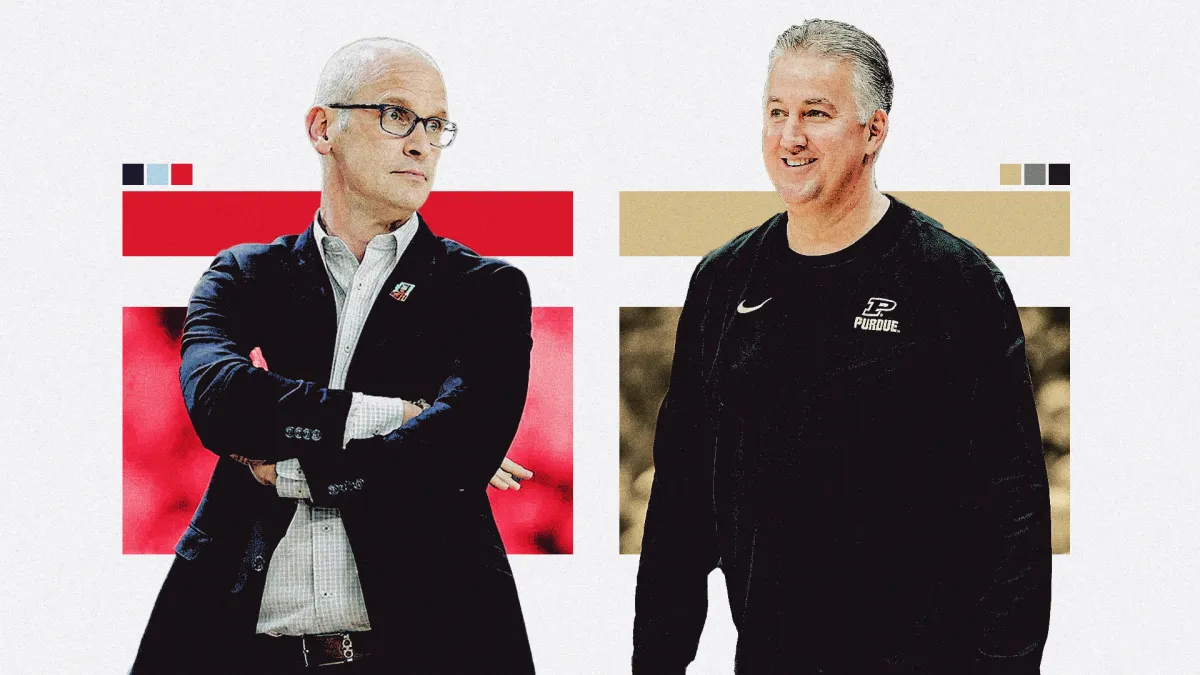New season, new coaches, new systems. I generally enjoy attempting to decode how a program could operate in their first season with a first year head coach, and what better place to start than exploring the recent high major trend of plucking program affiliated NBA assistants.
Florida State
Under first year head coach Luke Loucks, I expect Florida State to integrate a style similar to what we saw Kevin Young implement at BYU in his first season last year. Like Young, Loucks will be taking over a high major program after several seasons on NBA benches, and will likely immediately implement an NBA influenced pace and space/rim and 3 heavy offensive attack. To wit, BYU finished their first season under Young with a top 25 3PA rate per KenPom (highest rate in Big 12 play), but were a bit slower in tempo than I anticipated, particularly as they navigated the Big 12 season. Accordingly, FSU will likely be predicated on a base drive and kick offense, with Jacksonville transfer Robert McCray as the help generating fulcrum on the ball. At Jacksonville University this past season, McCray owned a 91st percentile PNR ball handler rate (per Synergy data), particularly effective and far more efficient going left.
McCray draws a high contact rate off his dribble, and hit just enough jump shots off the bounce to limit primary defender sagging. Despite plus size on the ball at 6’4, McCray was a below average rim finisher, but was incredibly efficient on pull ups and particularly runners, where he scored with a 97th percentile efficiency rating, per Synergy. McCray’s top 50 assist rate nationally is perhaps of more importance, given the drive and kick heavy nature of Loucks’ offensive scheme, and it’s worth noting that some of McCray’s more impressive games of the season came when JU “played up” against Florida, UCF, and Virginia Tech (although he struggled with Georgia’s ball pressure and his turnover rate generally will likely be a year long concern for FSU). The biggest beneficiary of Loucks’ spread offense and McCray’s dribble creation is likely Drexel import Kobe MaGee, a 6’6 wing who drilled 44% of his triples on volume last season. MaGee scored a 97th percentile efficiency rating on catch and shoot opportunities and was also effective shooting off the bounce at an 87th percentile rating (per Synergy).
St. Bonaventure wing Lajae Jones is essentially a souped up version of MaGee as an efficient catch and shoot option with elite athleticism. Jones could thrive in what will likely be a transition heavy offense under Loucks. Martin Somerville comes from a UMass-Lowell as a bit of an unheralded portal score. Somerville was an incredibly efficient scoring PG as a freshman at UML, and could provide Loucks with dual ballhandler looks given his 39% 3PT shooting to play off McCray when they share the floor. Clemson transfer Chauncey Wiggins occupying the 5 will allow Loucks to play his preferred 5 out, and while he isn’t a post threat, he shot 37% from 3 and scored at 1.55 PPP in limited roll actions- he’ll be a pick and pop extraordinaire.
On the defensive end is where things could be a bit dicey for Louks and the Noles, which is ironic as Loucks heads to Tallahassee after being known for his defensive acumen with the Sacramento Kings. FSU will likely switch 1-5 or an aggressive shallow drop with Wiggins at the 5 and the versatile guard/wing length of McCray, Jones, MaGee, and long-armed returnee AJ Swinton. D2 transfer Alex Steen is probably the wildcard on this end given his defensive pedigree (2x Sunshine State Conference DPOY), but at 6’8 he’ll be an undersized 5 in the ACC and doesn’t stretch the floor on the other end. UMass transfer Shahid Muhammad and returnee Alier Maluk are quintessential drop 5s, and can tally high block rates and effective rim protection in their minutes, but don’t necessarily fit in offensively in Loucks’ desired scheme and pace, nor in his stated “pressure and disrupt” outlook defensively.
Offensively, FSU should be just about the polar opposite of LenHam teams in terms of 3PT and assist rates, but the pace should likely be about the same. Defensively, expect a high amount of ball pressure and switching (much like LenHam defenses) with an emphasis on gap help and rim denial, but with a high degree of adaptability depending on on-court personnel, particularly at the 5.
Utah
Heading west, Utah took the same “NBA assistant returns home” path with the hiring of Alex Jensen, but I suspect we’ll see a less immediate “pro style” influence on the offensive end than at Florida State. Jensen is heavily influenced by Rick Majerus, both as a player and a coach, and I think we’re likely to see more of a blend of “modern” concepts with more patterned 4 out 1 in continuity motion principles at Utah. Jensen’s personnel in his first season is highlighted by his versatile and athletic wing corps, particularly Jahki Howard (Auburn), who is easily the most “Big 12 ready” addition in terms of raw athleticism and talent.
Howard completely fell out of Bruce Pearl’s rotation for myriad reasons, but can be a lethal rim cutter and transition scorer in this offense- this is the upside vision. Western Kentucky transfer Babacar Faye brings some intrigue after a severely injury shortened season last year, and has mobility with highly efficient Synergy grade outs as a rim roller and cutter. Seydou Traore comes in from Iowa with a reputation as a switchable and athletic 3-4, but with very little offensive upside at this point in his college career. Keanu Dawes anchors the frontcourt overall as the lone returnee of note from last year’s roster, providing elite rebounding and around the rim efficiency offensively. While not a strong rim protector, he is a switchable defender at the 5, and can play in tandem with Faye in a bigger lineup.
The portal addition who has a real chance to shine in Jensen’s Majerus influenced offense is likely Elijah Moore (Syracuse). Moore flashed brilliance as an off ball scorer in the early portion of the noncon for the Orange (particularly against Tennessee), scoring 1.2 PPP via off ball screens in a limited sample size before completely falling off a cliff in terms of usage and production in the ACC season.
Moore will have every opportunity to invigorate his career trajectory, both as a transition court spreader and halfcourt screen navigator. Jensen’s primary ball handlers however are likely to do the majority of the heavy lifting offensively (for better or worse), with Don McHenry (Western Kentucky) and Terrence Brown (Fairleigh Dickinson) coming in as high volume scorers. McHenry is capable of being a voluminous transition and isolation scorer (particularly with his ability as a snake dribbler vs drop coverage and high contact/FT rate), but overall an inefficient ball screen creator with a jump shot that disappeared last season when working more frequently off the ball (7% overall drop in 3PT% with more volume last season).
Brown meanwhile profiles similarly to McHenry as a much more effective transition scorer than halfcourt ball screen navigator, and the two share the same suspect jump shot. Brown did dazzle at times as a pure scorer in FDU’s buy games, and is a strong positional rebounder who can immediately start the break.
But overall these are two excessively dribble dependent guards who will likely have trouble playing off each other and moving the ball/spreading the floor in the halfcourt (Brown did tally respectable assist rates at FDU, but mitigated that with high turnover rates), but will be lethal if Utah can run- especially paired with the athleticism of Howard in that regard. This is a team that’s built to score in transition, so it will be interesting to see how Jensen marries the pace and space of his NBA pedigree with the continuity halfcourt motion of his Majerus upbringing.
Defensively, Utah is primarily built to 1-5 switch and use their 3-5 versatility and collective wingspan to disrupt, but can also park James Okonkwo in deep drop as a legitimate rim protector and elite rebounder. Up top, Brown is an opportunistic on-ball defender who will run up a high steal rate, but both he and McHenry can be hunted in Big 12 play.
While every new coach typically "wins the press conference" with talk of "uptempo, NBA style offense", certainly Loucks and Jensen are doing more than lip service here given their deep NBA ties, and Kevin Young at BYU certainly provided the blueprint for immediate success in that regard. However, I think Utah is bit more likely to have more complex, halfcourt patterns in their offense as well.
More new content here:
